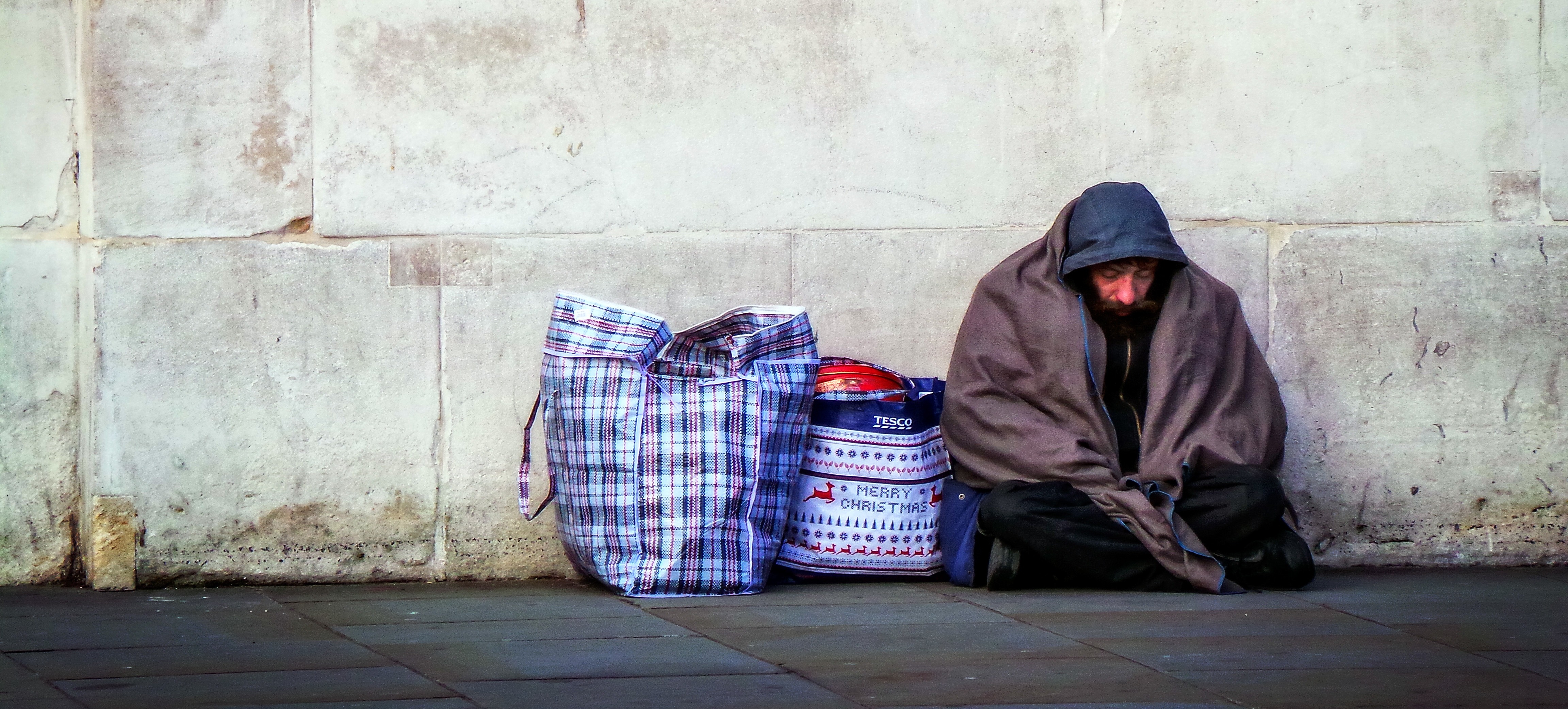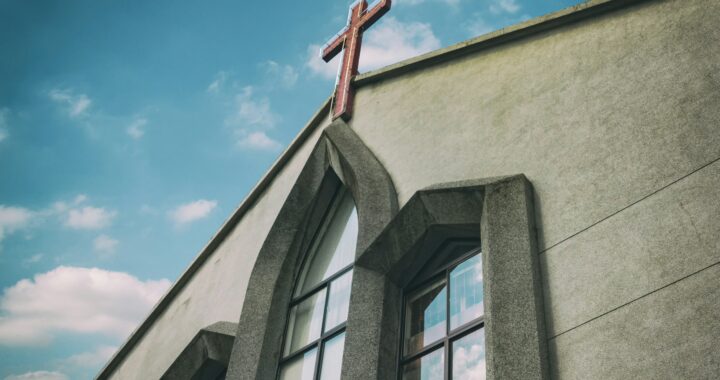Homelessness lies deeper than lack of permenant residence
3 min read
Part of the By a Wall series. (Garry Knight | Flickr. https://creativecommons.org/licenses/by/2.0/legalcode)
By ASHLEY RIGGLESON
In today’s tough economic climate, homelessness has become increasingly prevalent, and Los Angeles county officials have decided to do something about it, which leaves some to wonder if the county’s plan to end homelessness is really a responsible allocation of funds.
Obviously, fighting homelessness is a good idea, especially given its prevalence in the region. Society functions better when everyone’s basic needs are met, and this plan is a positive step in the right direction.
Yet this proposal also has some major flaws and does not consider that homelessness is highest among marginalized groups and veterans. A more efficient and comprehensive use of funds, then, might be to also invest in services specifically geared towards empowering these groups.
According to The New York Times, the plan, which will improve access to services like public restrooms and showers, also seeks to end homelessness by investing in inexpensive housing and appointing a city homeless coordinator. Although these services and affordable housing are certainly necessary, a more critical look at the population itself suggests that homelessness is not simply a result of lack of housing.
Famously, LA’s homeless population tends to congregate at an area known as Skid Row, a thoroughly gray depressing place where only peoples’ tents offer splashes of color. The area is, in addition, overcrowded, and homeless people must compete for limited space. The community is reasonably diverse, although the number of African American males living on Skid Row is disproportionately high. Women and children are also, unfortunately, increasingly present in the population, according to “Los Angeles Skid Row,” a online brochure about the area.
The homeless population in Skid Row and throughout Loa Angeles in general is growing—up to 12 percent from 2013-2015, according to The New York Times. This growth has prompted the county to take action. Officials hope that, if the plan is followed, the population of Skid Row will be reduced 25 percent by 2017, according to The New York Times.
This plan seems practical when it is considered at face value, but it ignores the undeniable fact that the homeless population is not homogeneous. Instead it is composed of a variety of groups, nearly all of them marginalized.
The statistics are startling, African Americans, for instance, compose up to 50 percent of the homeless population, even though they make up only 9% of the general population. Hispanics are also present in large numbers at 33% last year, according to The Los Angeles Almanac, a website devoted to listing these sorts of statistics.
Homelessness is also high among veterans, people with physical disabilities, and people who suffer from mental illness, according to The Los Angeles Almanac.
For these reasons, I believe that the plan, which largely addresses concerns about housing, is not comprehensive enough and fails to address the roots of the problem. When I consider a plan that simply provides housing without access to other sorts of aid, I find myself wondering about what could be done in order to ensure that people placed in this housing could continue to live in it over an extended period of time. An affordable house does not solve physical disability, mental illness, or racial marginalization, and I think society can only solve homelessness if it also addresses these issues.
A better option would, in addition to providing housing, invest in outreach services devoted to empowering racially marginalized individuals, caring for the physically and mentally disabled, and aiding veterans in reacclimatizing to peacetime society. Although, this idea would be harder to enact and might cost a great deal more, it would be instrumental in not only decreasing the homeless population but also in preventing it from growing.



Permanent, not permenant. No editors?
Nick, why don’t you volunteer?